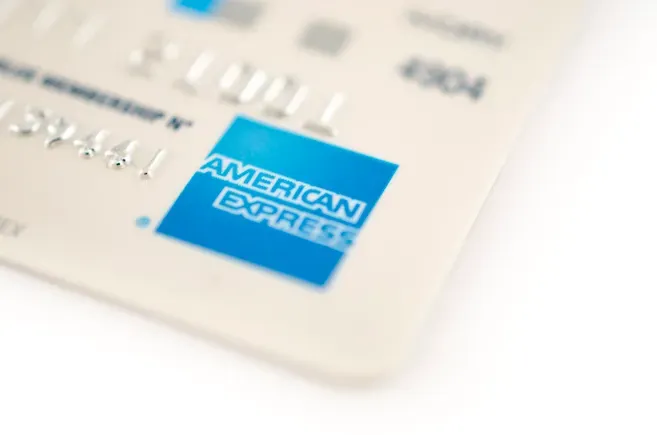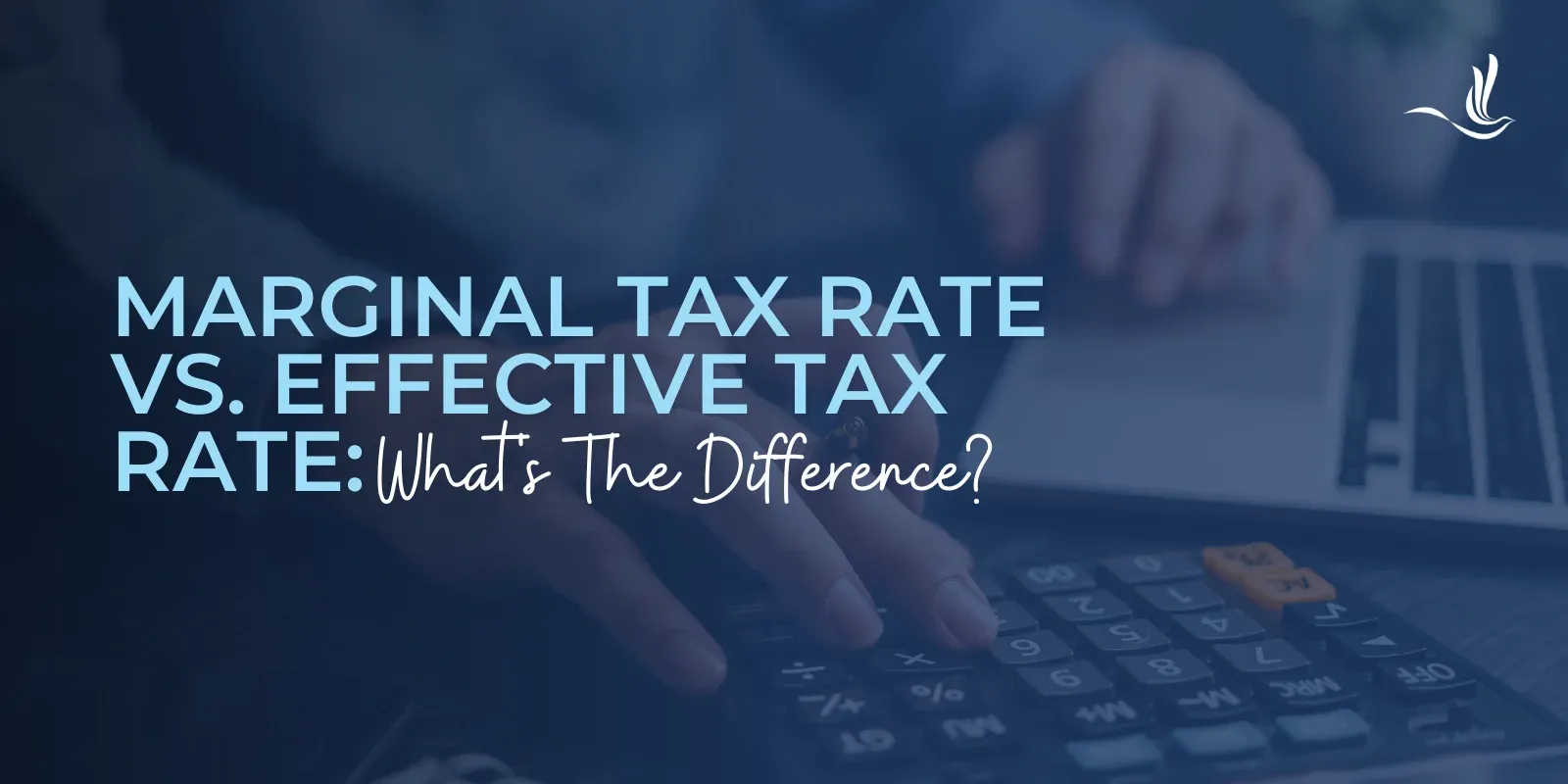Many voters latched onto President Biden’s suggestion that a minimum of $10,000 in student loan debt be forgiven during his presidential campaign. However, nearly a year into his presidency, there’s been no meaningful action on broad-based student loan cancelation.
With the current moratorium on student loan payments ending on January 31, 2022, some borrowers hope to see more permanent relief. Unfortunately, it seems that actions already taken to provide relief — along with a new income-driven repayment option — might be the best that embattled student loan borrowers can expect.
1. What has the Biden administration done so far? 2.What about the new income-driven repayment plan? 3. Hoping for student loan cancelation? Don’t hold your breath 4. Student loan debt reality check
What has the Biden administration done so far?
Since the COVID-19 pandemic, certain federal loans have been in forbearance.
Borrowers haven’t been required to make payments, and no interest has accrued on these loans. The forbearance has been extended multiple times. The latest extension, put in place by the Biden administration, is set to expire at the end of January 2022.
There has been speculation that the administration would extend the forbearance again, but administration officials have been clear that there will be no additional extension. For borrowers who have used this reprieve to work on their finances, invest or even accelerate student loan debt repayment, this news is likely to come as a disappointment.
In addition to extending the student loan payment pause, the Biden administration also updated the process for receiving Public Service Loan Forgiveness (PSLF).
The program, introduced in 2007 under George W. Bush, has been beset by complaints about how difficult it is to take advantage of the benefit.
In October 2021, the Department of Education announced that it would overhaul the program and introduced a waiver designed to forgive about $1.74 billion in student loans. Additionally, a streamlined process to qualify tens of thousands more borrowers for another $2.82 billion in forgiveness was introduced. Overall, the Department expected that 550,000 borrowers would see an average of two more years of progress toward their PSLF qualifying payment requirement.
While this news is welcome to those working in the public and nonprofit sectors, some advocates and borrowers hoped for more broad-based relief.
Additionally, with more than $1.7 trillion in outstanding student loans, the problem is more widespread than can be tackled by updating PSLF.
Finally, the Biden administration also announced that it would erase student loan debt for eligible permanently disabled borrowers and discharge federal student loans for those who can prove for-profit colleges defrauded them.
What about the new income-driven repayment plan?
The Department of Education is currently in the rulemaking process for a new income-driven repayment plan, called expanded income-contingent repayment, or EICR.
While the rules aren’t yet clear about how it would operate, some estimates that it would only save participants, on average, about $100 per month. Although this would be a welcome relief to those struggling to make student loan payments — and who are worried about loan balance growth — it still doesn’t acknowledge the magnitude of the problem.
So, while the Biden administration has taken some steps to help student loan borrowers, hopes for more substantial and permanent relief are likely to be dashed in the coming months.
Hoping for student loan cancelation? Don’t hold your breath
One of the biggest disappointments for many student loan borrowers and advocates is that Biden has backed away from even the relatively modest proposal to cancel $10,000 in student loan debt for every federal borrower.
Even the proposal for free community college was dropped from the Build Back Better agenda, so it’s difficult to see how the administration would push through outright student loan cancelation. A Brookings Institution report suggests that forgiving $10,000 in federal student loan debt would cost $373 billion.
When negotiating with Republicans (and even some Democrats) who oppose student loan cancelation, the price tag always comes up.
That $373 billion total represents less than half of what the House of Representatives just approved for a defense policy bill totaling $768 billion — for only one year. The Brookings Institution suggests that forgiving $10,000 in federal student loan debt would affect about 43 million borrowers, including borrowers currently in default. However, signals from the Biden administration indicate that blanket loan cancelation of any amount is likely off the table.
Student loan debt reality check
Rather than proposing anything sweeping or new, the Biden administration is likely to stick with enhancing current programs and streamlining eligibility. These adjustments will probably benefit some borrowers and make it easier for those who qualify for existing programs to get the benefits they’re entitled to.
However, for a larger swath of indebted college graduates, this lack of action is a source of disappointment.
Instead of looking forward to continued relief, borrowers likely need to prepare for student loan payments to return with a vengeance. Regular federal student loan payments return starting February 1, 2022, and many borrowers feel unprepared to add this expense back to their budgets. There probably won’t be another extension. On top of that, Biden probably won’t issue an executive order for broad-based student loan forgiveness.
Any type of Congressional proposal to cancel student loan debt is likely dead on arrival.
What borrowers can do
If you’ve been taking advantage of the pause, now is an excellent time to review your monthly payment and make sure your budget is ready to handle it. Double-check income-driven repayment options to see if you qualify. Income-driven repayment can make monthly payments more manageable for those with lower incomes.
If you don’t qualify for federal programs, student loan refinancing might be worth considering. Carefully consider your options and individual situation to determine what course of action you should take next.
Now is the time to prepare. If you’re waiting for the Biden Administration or Congress to step in, you’re likely to be disappointed.
Get a Student Loan Plan Refinance student loans, get a bonus in 2021 1 Disclosures $1,050 BONUS1 For 100k+. $300 bonus for 50k to 99k.1 VISIT LAUREL ROAD Variable 1.64-5.65%1 Fixed 2.25-5.75%1 2 Disclosures $1,050 BONUS2 For 100k+. $300 bonus for 50k to 99k.2 VISIT COMMONBOND Variable 2.49-6.84%%2 Fixed 2.59-6.74%2 3 Disclosures $1,000 BONUS3 For 100k or more. $200 for 50k to $99,9993 VISIT EARNEST Variable 1.88-5.99%3 Fixed 2.58-6.14%3 4 Disclosures $1,000 BONUS4 For 100k+. $300 bonus for 50k to 99k.4 VISIT SPLASH Variable 1.74-6.15%4 Fixed 2.30-6.25%4 5 Disclosures $1,275 BONUS5 For 150k+. Tiered 300 to 575 bonus for 50k to 149k.5 VISIT ELFI Variable 1.86-6.01%5 Fixed 2.47-5.99%5 6 Disclosures $1,000 BONUS6 For $100k or more. $200 for $50k to $99,9996 VISIT SOFI Variable 1.74-6.59%6 Fixed 2.49-6.94%6 7 Disclosures $1,250 BONUS7 For $100k or more. $100 to $350 for $5k to $99,9997 VISIT LENDKEY Variable 1.90-5.25%7 Fixed 2.49-7.75%7 8 Disclosures $1,250 BONUS8 $350 for 50k to 100k8 VISIT CREDIBLE Variable 1.80-9.99%8 Fixed 2.15-9.99%8 Not sure what to do with your student loans?Take our 11 question quiz to get a personalized recommendation of whether you should pursue PSLF, IDR forgiveness, or refinancing (including the one lender we think could give you the best rate).
Take Our QuizOriginal Article






